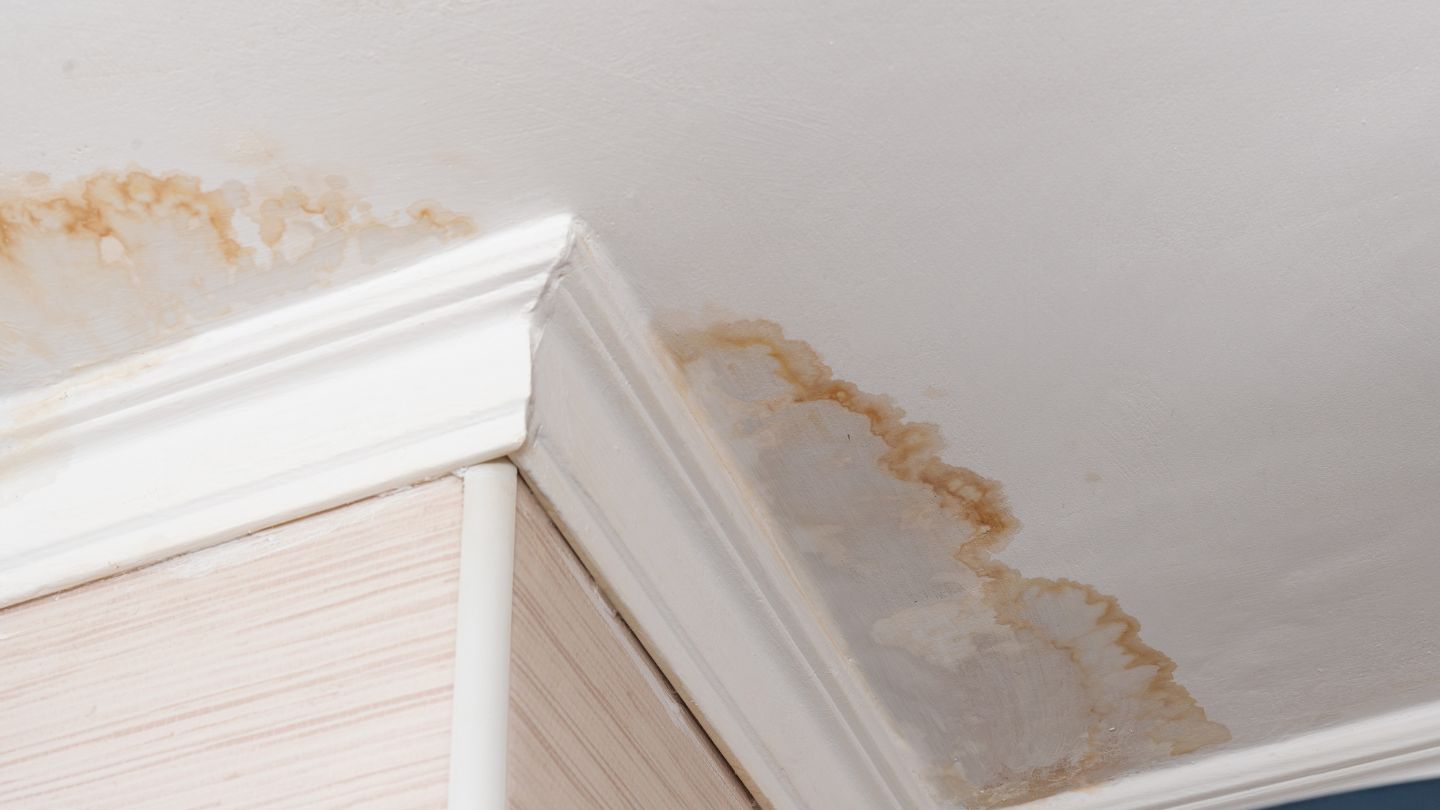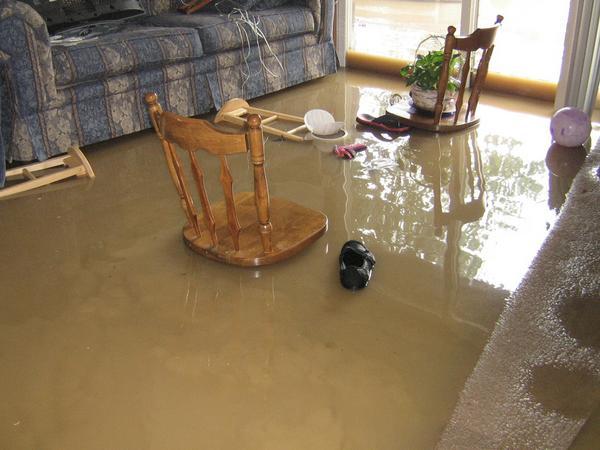24/7 Emergency Water Damage Restoration Services for Urgent Needs
The Refine of Water Damages Clean-up: Ensuring Your Home Is Restored Effectively
Water damages can be a daunting obstacle for property owners, necessitating a careful and structured clean-up process to recover safety and security and performance. Originally, a thorough evaluation is critical to determine the extent of the damages and determine the suitable remediation actions. Following this, effective water extraction techniques play a critical role in minimizing additional harm. Nevertheless, the nuances of drying, disinfecting, and eventual restoration are equally essential and commonly forgotten. Understanding these phases can make a significant distinction in the outcome of your home's reconstruction, prompting a closer take a look at what each step involves.
Examining the Damage
Upon discovering water damage, the initial step is to completely analyze the degree of the impact. This preliminary examination is important, as it aids establish the essential actions for effective cleaning and remediation. Begin by examining the influenced areas, including wall surfaces, ceilings, floors, and individual possessions, to determine the resource of the water intrusion, whether from flooding, leaks, or condensation.
Documenting the damages is necessary for both insurance cases and preparing restoration efforts - damage restoration services. Use photographs and composed notes to capture the severity of the damage, keeping in mind any type of afflicted structural aspects and materials. Pay unique attention to areas that may not be quickly visible, such as behind walls and under carpets, as hidden moisture can result in additional difficulties, consisting of mold growth
In addition, examine the timeline of the water exposure. Ultimately, a thorough evaluation lays the groundwork for an effective water damages clean-up procedure, guaranteeing that all impacted areas are dealt with properly and thoroughly.
Water Removal Techniques

Professionals generally use submersible pumps for bigger volumes of water, which can rapidly relieve flooding in cellars or other affected areas. For smaller sized quantities, wet/dry vacuum cleaners are typically made use of to remove residual wetness from rugs and tough surfaces. Furthermore, utilizing mobile extractors enables targeted removal in constrained spaces or locations with delicate materials.
In circumstances of infected water, such as sewer or floodwater, advanced removal techniques might include the use of biohazard equipment to make sure safety and conformity with health guidelines. High-powered extraction tools are important in lessening water retention in architectural materials, which can result in mold and mildew development and structural wear and tear otherwise dealt with immediately.
Eventually, the effectiveness of water extraction strategies plays a pivotal function in the total success of the water damage cleaning procedure, preparing for subsequent reconstruction efforts.
Drying and Dehumidification
Once standing water has been efficiently removed, the following crucial phase in the water damage cleaning process is drying and dehumidification. This step is vital to protect against more damage and mold and mildew development, which can happen within 24 to 48 hours in moist settings.
To attain reliable drying out, specialized devices such as industrial-grade air movers and dehumidifiers is utilized. Air moving companies circulate air throughout damp surface areas, boosting pop over to this site dissipation rates, while dehumidifiers minimize humidity levels in the air, advertising a conducive environment for drying out. The mix of these tools makes certain that dampness is extracted from wall surfaces, furnishings, and floorings, permitting them to dry extensively.
It is essential to keep click to read more an eye on the drying out procedure carefully. Experts usually utilize moisture meters to evaluate the dampness material in numerous materials, ensuring that all affected areas get to appropriate dry skin levels. This precise method helps to stop concealed dampness pockets that might lead to structural damage or unhealthy mold and mildew growth.

Cleaning and Disinfecting
After the drying and dehumidification phase is full, the next important step in water damage cleanup is cleansing and sterilizing the influenced locations. This procedure is crucial to avoid the growth of mold, microorganisms, and various other microorganisms that flourish in damp atmospheres.
The cleansing phase normally includes getting rid of any kind of debris, dirt, and contaminants from surfaces making use of specialized cleaning up representatives. For hard surface areas, a combination of soap and water or commercial cleaning products is usually used. Soft materials, such as upholstery and rugs, may call for a lot more extensive cleansing techniques, including vapor cleaning or deep removal techniques, to ensure thorough cleanliness.

Sanitizing adheres to cleansing, utilizing EPA-approved anti-bacterials to remove dangerous microbes. This action is crucial, especially in locations that might have come right into contact with floodwaters or sewage, as these sources can position significant health and wellness dangers.
Additionally, it is crucial to address any kind of remaining odors, which might need using smell neutralizers or innovative strategies like ozone therapy. Proper cleansing and disinfecting not just recover the security and hygiene of your home yet likewise lay the groundwork for effective repair and fixings in subsequent stages of the water damage cleanup procedure.
Remediation and Repair Work

As soon as the evaluation is complete, repair initiatives can begin. Furthermore, floor covering may require similar interest, depending on the level of water exposure.
It is important to involve skilled repair specialists during this procedure, as they have the knowledge to deal with complex repair services properly. Additionally, they can help reduce prospective future problems, such as mold and mildew development or architectural instability, therefore making certain a secure and habitable living atmosphere. Inevitably, reliable repair and repair work recover the home's stability and enhance her explanation its total value.
Final Thought
Finally, the process of water damages cleaning is critical for bring back a home to its pre-damage problem. Each phase, from assessing the damage to carrying out effective water removal techniques, followed by thorough drying out, sanitizing, and needed repairs, plays a crucial function in making certain safety and compliance with structure criteria. Effective implementation of these steps not only alleviates prompt damages but likewise enhances the long-term integrity and value of the residential property.
Water damage can be a difficult challenge for homeowners, demanding a precise and structured clean-up procedure to recover safety and security and functionality. Ultimately, a thorough analysis lays the foundation for an effective water damage cleaning process, guaranteeing that all impacted locations are addressed efficiently and completely.
Effective water extraction techniques are crucial in minimizing damage and protecting against further complications adhering to a water invasion occasion.In verdict, the process of water damages cleanup is important for restoring a home to its pre-damage condition. Each stage, from analyzing the damage to carrying out efficient water extraction methods, adhered to by complete drying out, sanitizing, and required fixings, plays a necessary role in guaranteeing safety and security and conformity with structure criteria.